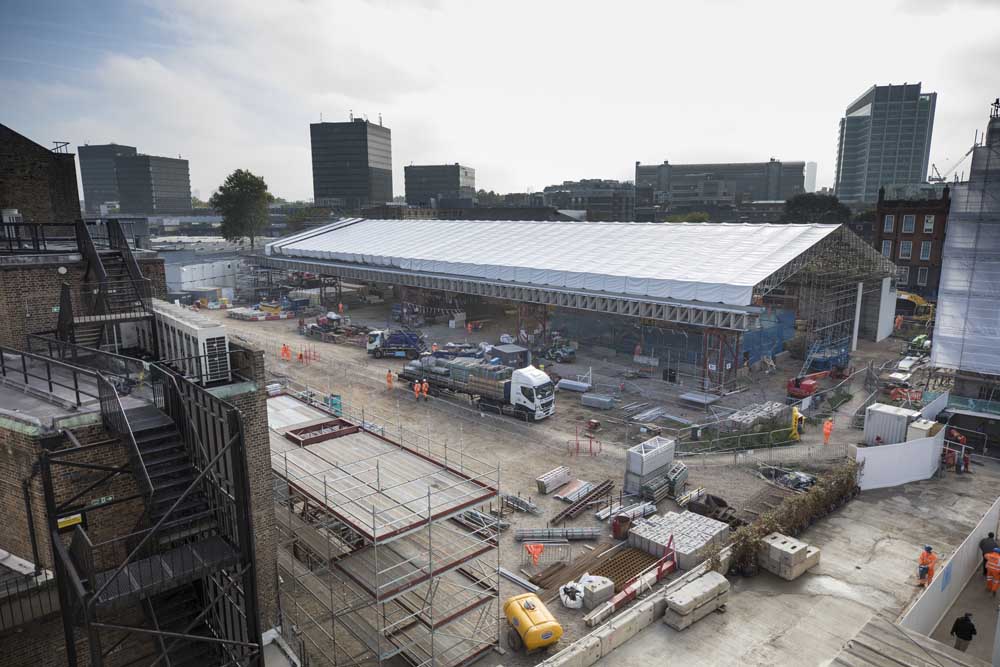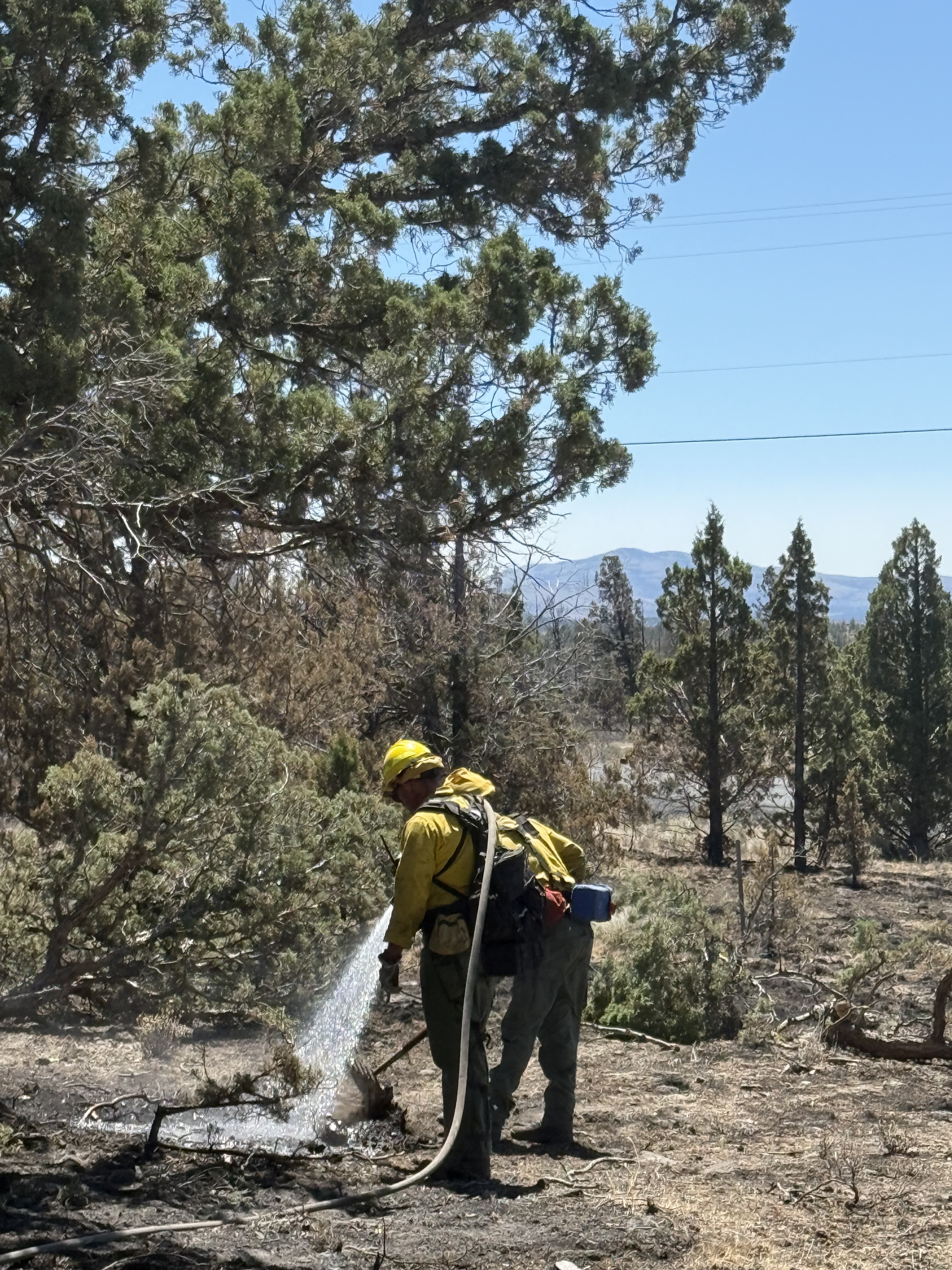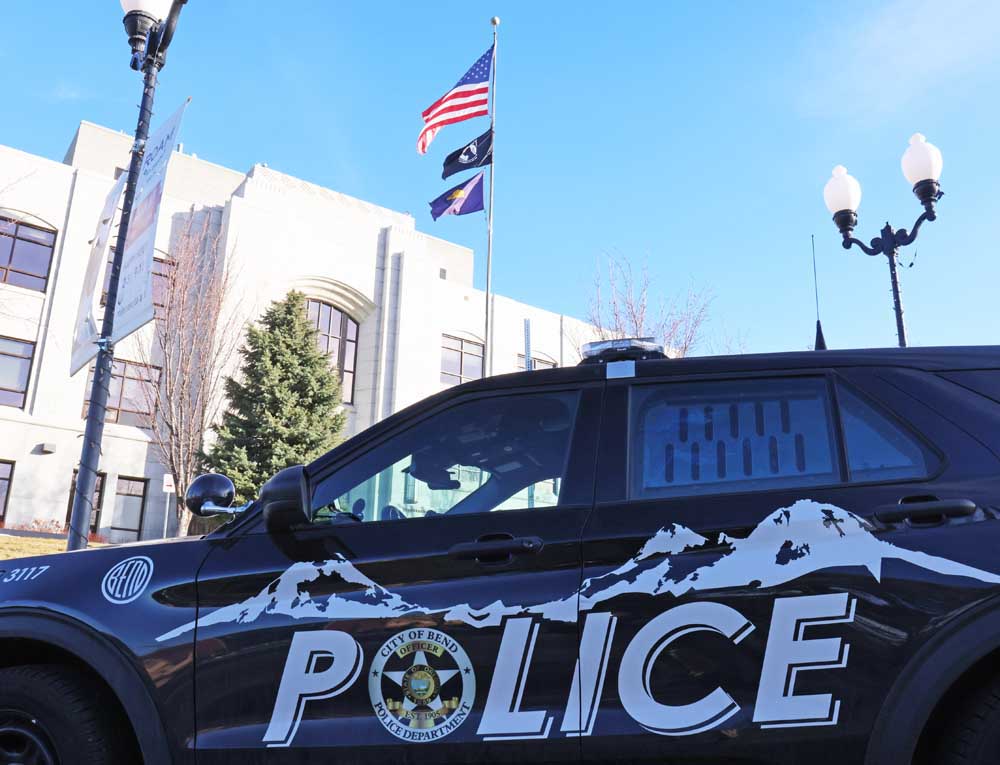UK searches for grave of man called world’s 1st black sports star
Published 12:00 am Friday, October 26, 2018

- In a photo from HS2 Ltd., the area of the historic St. James Graveyard in Euston, London, where excavation for the HS2 high speed train project is underway. The rail project prompted the excavation of the burial ground of an estimated 45,000 Londoners including Bill Richmond, an American slave who became a boxing celebrity. (HS2 Ltd. via The New York Times) -- NO SALES; FOR EDITORIAL USE ONLY WITH NYT STORY BRITAIN BOXER GRAVE BY STEPHEN CASTLE FOR OCT. 26, 2018. ALL OTHER USE PROHIBITED. --
LONDON — Born a slave on Staten Island in New York in 1763, Bill Richmond left America in 1777, never to return, and spent most of his life in Britain. But it was not until he was 40 that he began bare-knuckle boxing — a brutal sport that brought him fame, prestige and an invitation to the coronation of King George IV.
Yet even in his adopted country, where he has been called the world’s first black sporting superstar — or stereotype, some would say — Richmond’s remarkable life story is largely forgotten.
Trending
Now, almost two centuries after his death, in 1829, he is back in the limelight as a search begins in earnest for Richmond’s remains.
As part of a rail upgrade, one of London’s main stations is being redeveloped, prompting the excavation of a burial ground containing the remains of an estimated 45,000 Londoners, including Richmond.
As archaeologists pick their way through the huge site, clearing topsoil with diggers and exhuming by hand those buried here, they are hoping to identify and rebury the boxer who transcended the raw racism of his age to emerge a sporting hero. For his fans, this is a big moment.
“He was the pioneer of black sporting endeavor,” said Luke G. Williams, author of a biography “Richmond Unchained,” who sees his subject as the forerunner of giants like Jesse Owens and Muhammad Ali. “He was the first black sportsman to achieve celebrity. There had been no one before him who had reached that level of national prominence.”
Richmond took the name of the town on Staten Island where he grew up as a slave in the household of Richard Charlton, rector of St. Andrews — and perhaps, Williams thinks, his unacknowledged father.
His book dismisses as a case of mistaken identity one theory that Richmond served, at the age of 13, as hangman at the execution of the American revolutionary Nathan Hale in 1776.
Trending
Nevertheless, it was thanks to an English officer, Brig. Gen. Hugh Percy, that Richmond won his freedom, left America and gained some education in England, where he trained as a cabinetmaker.
His first fights may have been provoked by racial taunts, but his sporting career began when he was employed by Thomas Pitt, the second Lord Camelford and Baron of Boconnoc — a boxing enthusiast and swashbuckling aristocrat whose turbulent life scandalized Georgian England before his death at 29 in a typically reckless duel.
Richmond not only began the brutal sport of bare-knuckle fighting at age 40, but he also continued into his mid-50s, winning 17 contests and losing just twice. He mentored another freed slave, Tom Molineaux, and instructed essayist William Hazlitt and (according to some accounts by Lord Byron) in sparring. So prominent was Richmond that he was among a group of pugilists invited to the coronation of George IV in 1821 to act as ushers.
Little is known about his English wife, Mary, except that she was white, or about their several children. But Williams argues that Richmond had straddled both race and class divisions of his time: His education and proximity to the wealthy made him more socially adept than many English-born boxers who rose from abject poverty.
To some, that only illustrates the limitations placed upon black people, some of which remain. “There has always been a route to black exceptionalism through sport,” said Kehinde Andrews, professor of Black Studies at Birmingham City University, who added that boxing success still reinforced some stereotypes attached to black people.
In any event, almost two centuries after Richmond’s death, the spotlight has fallen on him again because of a high-speed rail project that has prompted the renovation of Euston Station in the north of the city.
The work means digging up graveyards in London and Birmingham, as well as other historic sites along the route, in what Mike Court, the lead archaeologist for the first phase of High Speed 2, describes as Britain’s “biggest ever archaeological project.”
After his death, Richmond was buried in the graveyard next to St. James Church, which was built in 1789 but demolished in the 1960s. Other prominent people laid to rest here included Capt. Matthew Flinders, who led the first circumnavigation of Australia, and James Christie, who founded Christie’s auctioneers in 1766.
Williams hopes that if Richmond’s skeleton is recovered, it may provide DNA clues about his parentage. Were he the son of the rector, that would make him the uncle of Elizabeth Ann Bayley Seton, the first American-born woman to be canonized by the Roman Catholic Church, Williams said.
If archaeologists are lucky, the nameplate on Richmond’s coffin survived. Otherwise, it may be possible to identify him from the fractures he undoubtedly suffered or from an injury to his knee that he carried throughout his fighting career.
In 19th-century England, the social hierarchy was as rigid in death as in life, with the wealthy buried closest to the church. The part of the graveyard that was lost included a big slice at the other end of the plot, where poorer folks were laid to rest.
And that may have included Richmond, who, despite his sporting success and later career as a boxing instructor and pub landlord, ended life in straitened financial circumstances.
He was not friendless, however, and Richmond overcame years of professional rivalry to become firm friends with Tom Cribb, perhaps the best-known English boxer of his day, who by then was landlord of the Union Arms pub.
Richmond spent the last evening of his life at the pub in Central London — renamed the Tom Cribb — that now bears a plaque in memory of the “freed slave, boxer, entrepreneur.”
If his remains are found, there could be another memorial, and Williams welcomes the fresh attention afforded his sporting hero.
“I want more people to know his story,” he said.








